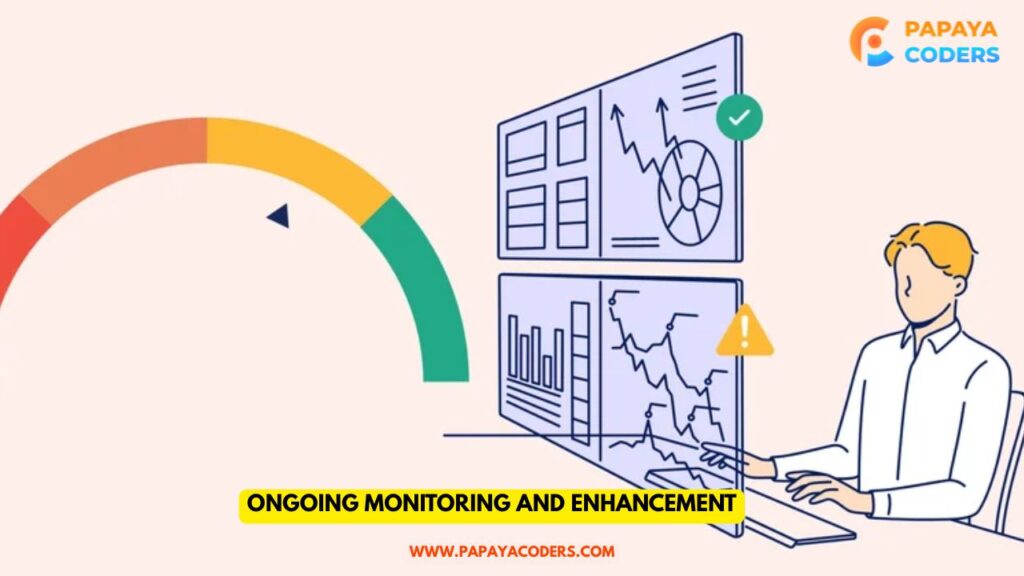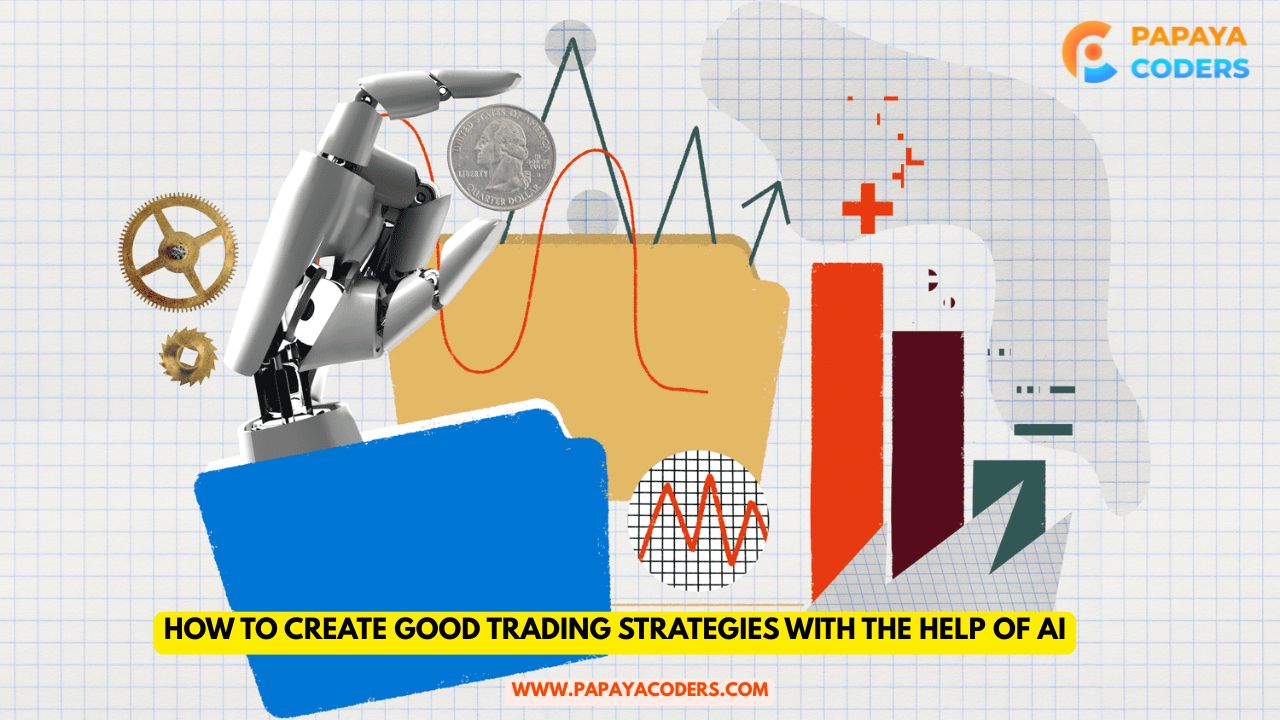Currently, traders are increasingly turning away from artificial intelligence( AI) in order to gain the upper hand in the high-speed world of the financial market. AI enables traders to analyze vast amounts of data, identify patterns, and create insights faster than any human being could ever accomplish.
Nevertheless, implementing a high-performing trading strategy with AI requires extensive planning, specialized expertise, and a continuous loop of optimization. That’s a typical routine for incorporating AI into your dealer arsenal.
AI trading strategies
1. Learn the Fundamentals of AI for Trading
Before diving in, it’s essential to understand what AI can and cannot do. AI for trading generally refers to the use of machine learning algorithms that assess literal request data, to identify trends and prognosticate future price movements. Unlike a connection to traditional algorithmic trading.
AI trading can adapt to new tests with new information in a dynamic manner, adjusting the initial strategy accordingly. Actually, this feature makes AI strategies even more capable of adapting and generating profits.

2. Identify Your Trade objects and Style
All pathways of your trading strategy must start with well-defined, measurable trade objects. Will you have short-term request trades with day trades, or are you more apt to long-term midairs? Your style of trading will require the type of model that you’ll be imposing on your journey as well.
For instance, high-frequency trading typically relies on rapid execution speed and involves real-time analysis, whereas swing-trading relies on thorough analysis, with a focus on trading periods of less than a day.

3. Collect and Prepare Good Data
AI models will rely on vast amounts of data. Ultimately, the model’s performance will depend on the quality of the input data.
Thinking of price data, think and create thousands of time series of actual price data, actual volume data. profitable data and valuable data sources, such as newspapers and social media exploration findings, to start with.
Drawing and pre-processing data will be a crucial part of the trading process, as incorrect, inconsistent, or outlier-like data can impact the performance of the AI model when it is implemented.
4. Select an AI Model that Suits Your Operation
Certain AI models are likely to cooperate more effectively with specific trading strategies than others. Some of the prevalent AI models that are utilized
Supervised literacy models. Supervised learning models shall predict unborn price action based on literal labeled information. Supervised literacy models consist of regression and decision trees or tree-based model extensions.
Underpinning literacy models can be acquired by the process of trial and error, and adjusting trading opinions based on prices and penalties.
Neural networks are truly excellent at recognizing patterns within complicated data, particularly when you have a high quantity of data to draw from. Your trading objects, the complexity of the request, and the quantum of data you possess will influence your choice.

5. Backtest and Optimize Your Model
Backtesting involves executing the AI model using historical data to evaluate its performance. Backtesting is a strategy for identifying signals, if done properly, and enriching parameters further. Backtesting is also valuable in helping to prevent implicit overfitting of the model.
The goal is to create a model that achieves the maximum profit from all significant or out-of-sample data, rather than on a single dataset.
6. Use Risk Management
Anyone developing a trading strategy must include threat operations. AI has the capability to calculate the optimal position sizes, stop-loss situations, and asset class diversification to limit losses.
The presence of a threat operation in a trading strategy ensures that you, as a dealer, have the capability to continue with your strategy, even in unpredictable market conditions.
7. Ongoing Monitoring and enhancement
Requests never stand still, nor should your AI strategy. It’s your job to continually supply your model with new data, examine system performance, and fine-tune your model as needed. By providing periodic updates of data and adjustments, you can guarantee, to the best of your ability, that the model holds its accuracy throughout the life of the trading strategy and keeps you in profit.

Read also:-
- Do Digital Marketing Agencies Create Content?
- Crafting a Successful Digital Marketing Plan Focuses on Taking the Right Actions
Final studies:-
Creating successful AI trading strategies requires a balance of technical expertise, strategic purpose, and ongoing learning. Becoming familiar with the essential basics of AI, gathering data of appropriate quality, rightfully choosing a model, and adding threat operation to a trading plan will assist dealers in constructing resilient, productive, and possibly incredibly profitable trading strategies can be a highly valuable support framework to accomplish positive trading performance, though, if embraced rightfully.








